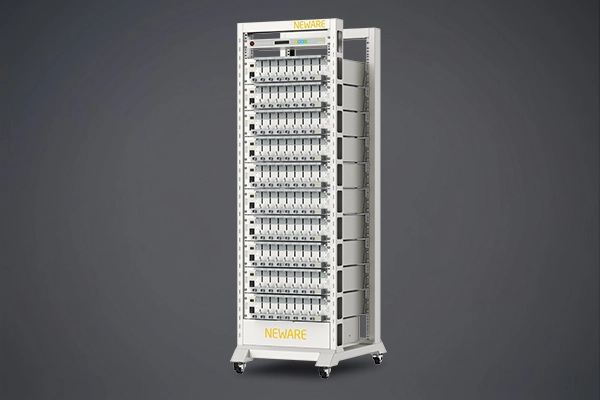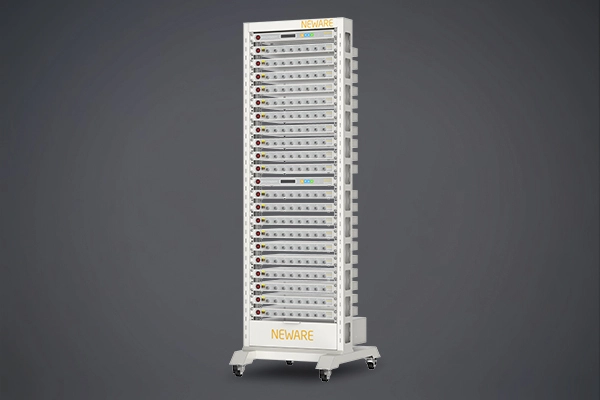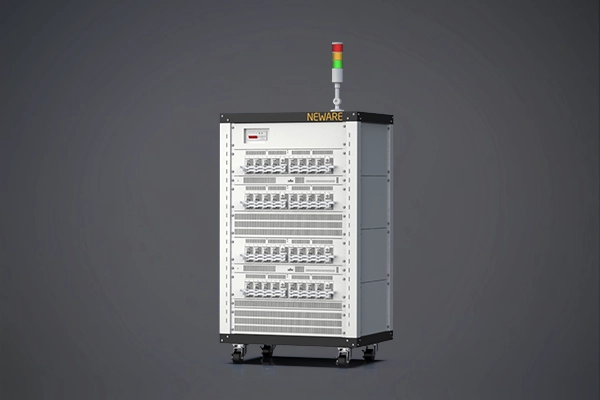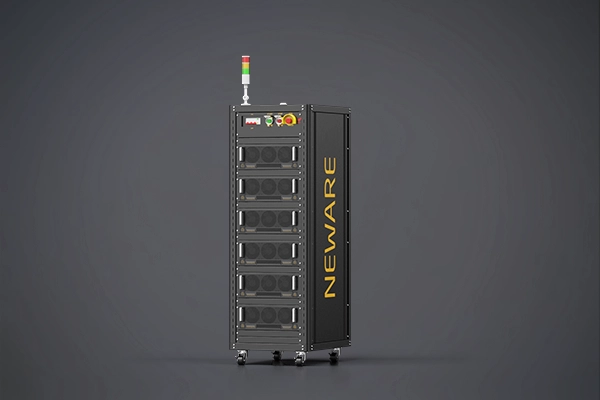
Cylinder battery shell grooves are a common design in battery structures, specifically in aluminum-made batteries, created to facilitate the connection of the positive and negative terminals. This article will introduce the principles and functions of cylinder battery shell grooves.
Concept:
The principle of cylinder battery shell grooves involves creating one or more raised grooves along the axis of the battery shell to alter its shape, thereby increasing the strength and stability of the battery. Generally, cylinder battery shell grooves can be categorized into two types: cylindrical grooves and flat grooves.
Cylindrical grooves are designed with evenly spaced protrusions along the axis of the battery. This structure enhances the rigidity and compressive strength of the battery, reducing the risk of deformation or rupture during use. The width and diameter of cylindrical grooves are generally small, serving to increase the surface area of the battery shell to enhance heat dissipation, ensuring the battery's performance in high-temperature environments.
Flat grooves involve uniformly spaced flat protrusions along the axis of the battery, increasing the stability and elasticity of the battery and reducing vibrations and collisions during transportation and use. The function of flat grooves is to increase the contact area between the battery and electronic devices, thereby improving battery stability and safety.
Functions:
1. Connection of positive and negative terminals
As the inside of a cylinder battery utilizes techniques such as spraying or engraving to apply positive and negative terminals to both faces of the cylinder, connecting the positive and negative terminals during battery assembly is achieved through the external terminals of the cylinder battery. Cylinder battery shell grooves are a crucial part of connecting these external terminals, providing clamping action to ensure stable current release or reception.
2. Protection of the battery internals
In addition to connecting the positive and negative terminals, cylinder battery shell grooves also serve a protective role. During the contact process of the positive and negative terminals with the battery terminals, certain temperature and pressure are generated. Without the component of cylinder battery shell grooves supporting the battery, variations in the spacing between the battery terminals could occur, disrupting the balance of chemical reactions within the battery and potentially leading to accidents such as short circuits or leakage.
3. Strengthening the mechanical structure of the battery
Cylinder battery shell grooves also strengthen the mechanical structure of the battery. They increase the battery's rigidity, providing the battery casing with higher shock resistance and compressive strength, thereby extending the battery's lifespan and preventing deformation of the battery casing from affecting internal chemical reactions.
In conclusion, as an essential component of battery structure, cylinder battery shell grooves play a crucial role in connecting positive and negative terminals, protecting the battery internals, and reinforcing the battery's mechanical structure, making them indispensable for the normal operation of cylinder batteries.







